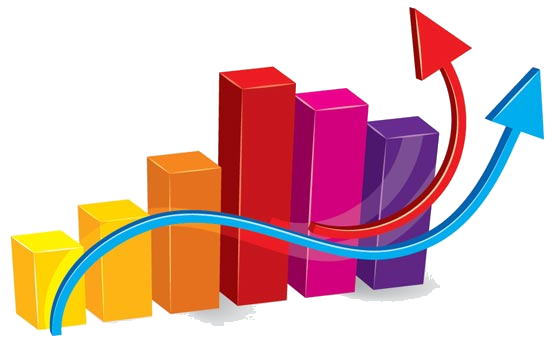What is meant by the saying banks “create” money
Explain what is meant by the saying banks “create” money (Hint: watch the meaning of the word, it has a double meaning). If the required reserve ratio from the Federal Reserve Bank is 6%, what is the simple deposit multiplier? If we observed that the actual deposit multiplier was lower than this in the real world, what might be some causes? Please explain your answers.
Imagine that Chastity deposits $25,000 of currency into her checking account deposit at Bank A and that the required reserve ratio is 15%. As a result of Chastity’s deposit (show your calculations for all steps in this problem):
Bank A’s reserves immediately increase by $______.
Bank A’s required reserves increase by $______.
Bank A’s excess reserves increase by $______.
Bank A can make a maximum new loan of $______.
Checking account deposits in the banking system as a whole (including the original deposit) could eventually increase to a maximum of $______.
How does this impact the bank’s lending power to make new loans based on Chastity’s deposit?
What is the money multiplier’s impact on the economy?
Sample Answer
Banks “Create” Money: A Double Meaning
When we say that banks “create” money, it’s important to understand that they’re not conjuring money out of thin air. Instead, banks expand the money supply by making loans. This is possible due to fractional reserve banking, a system where banks are required to hold only a fraction of their deposits as reserves.
The Simple Deposit Multiplier The simple deposit multiplier measures the maximum amount of money that can be created from an initial deposit. It’s calculated as:
Simple Deposit Multiplier = 1 / Required Reserve Ratio
In this case, with a required reserve ratio of 6%, the simple deposit multiplier is:
Simple Deposit Multiplier = 1 / 0.06 = 16.67
 Our orders are delivered strictly on time without delay
Our orders are delivered strictly on time without delay  Our orders are delivered strictly on time without delay
Our orders are delivered strictly on time without delay 



